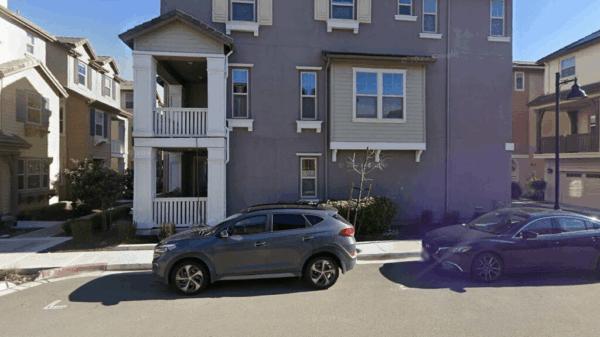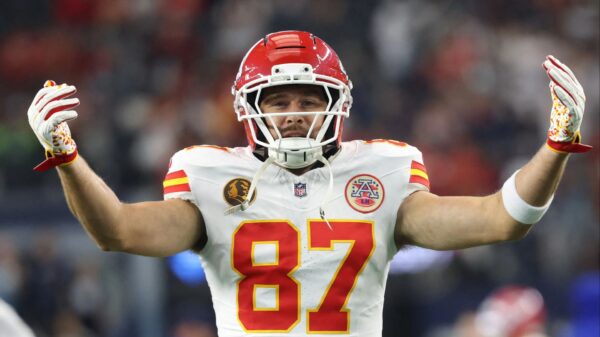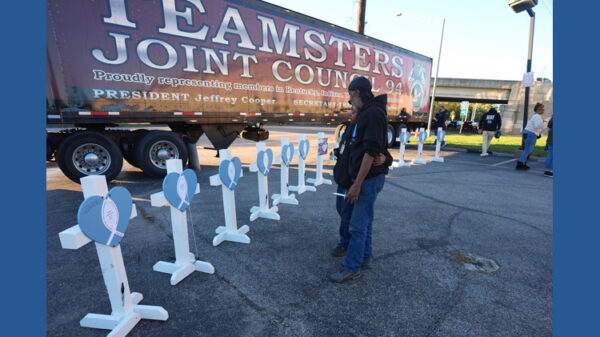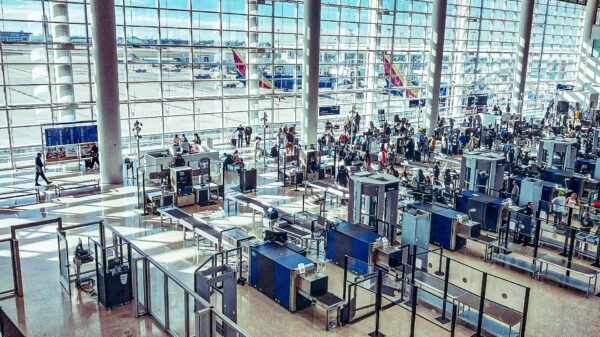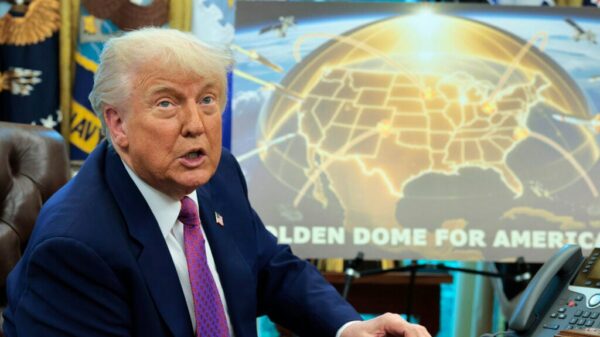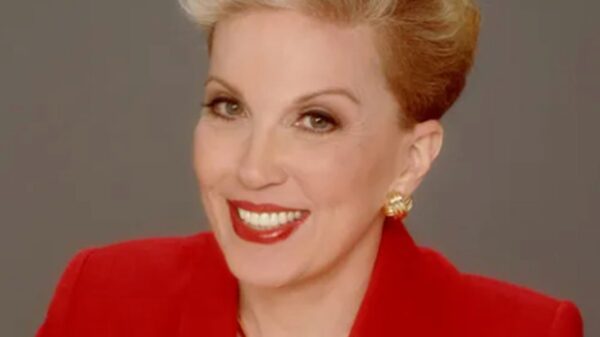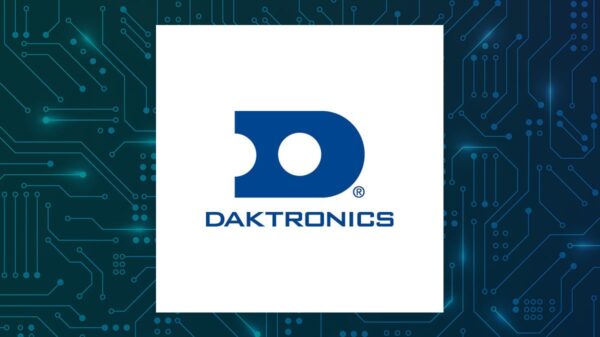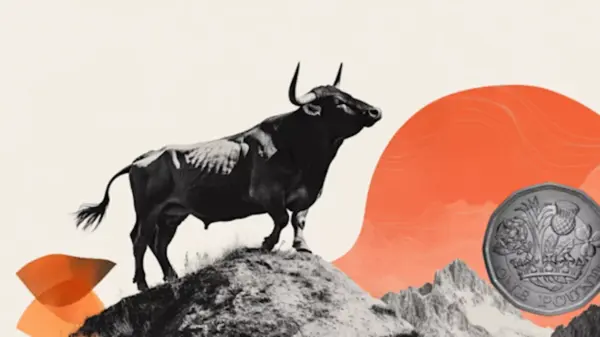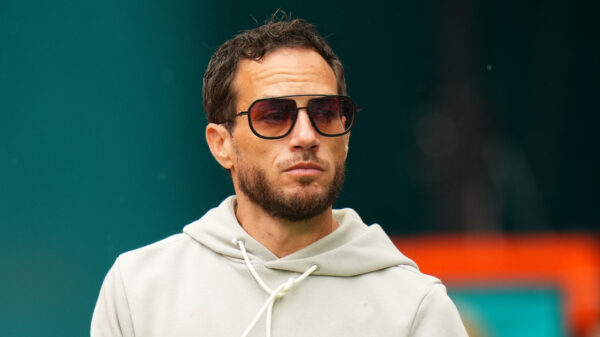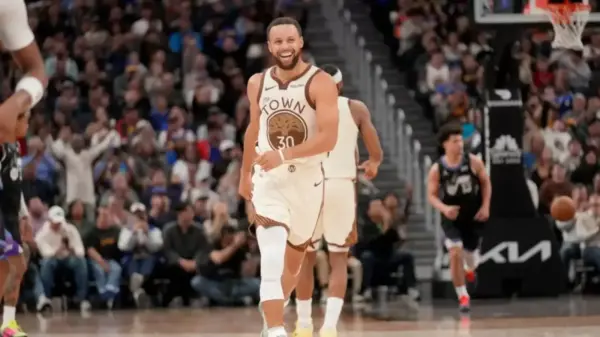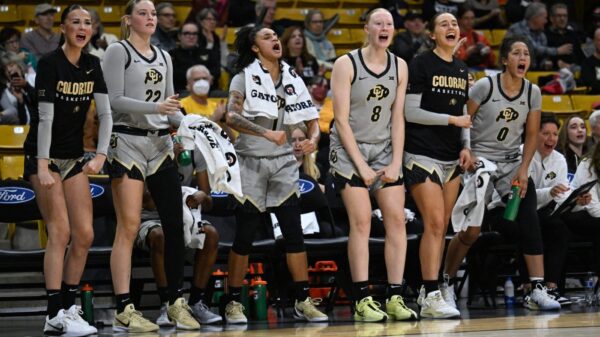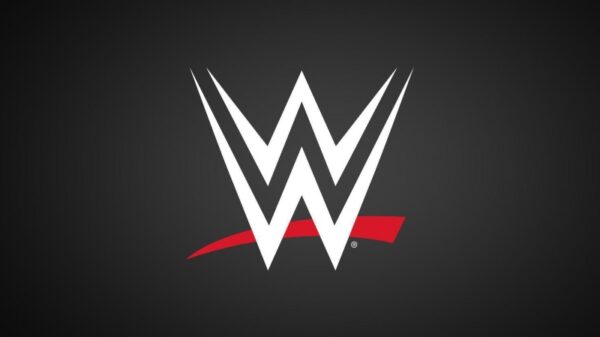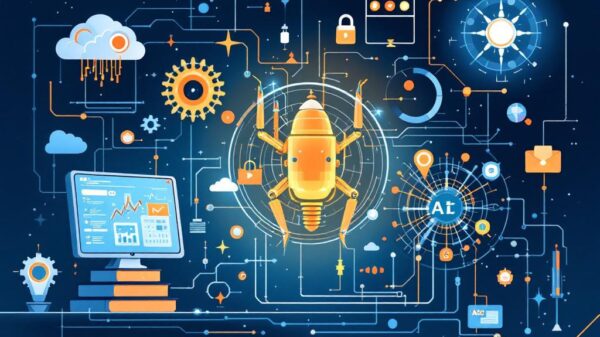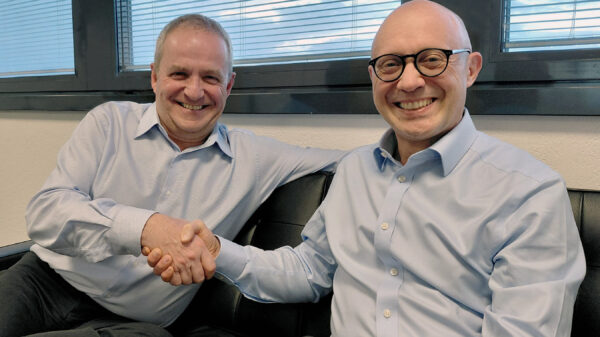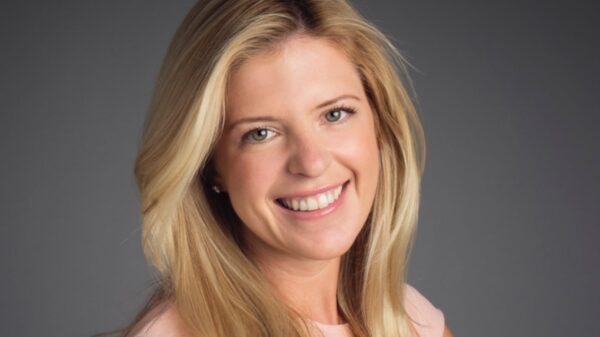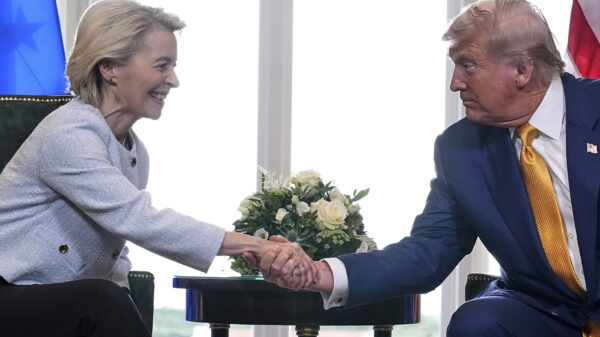The Marvel Cinematic Universe (MCU) has significantly diverged from its comic book roots in its latest installment, Phase 5. Since launching in 2008, the franchise has consistently taken creative liberties with source material, but the changes seen in this phase are particularly striking. Under the leadership of Kevin Feige, the MCU has not only redefined characters but also altered major plotlines and themes, resulting in a series of departures that have sparked discussion among fans and critics alike.
Key Transformations in Character and Storyline
One of the most notable changes involves the Thunderbolts. In the comics, the team was created by Baron Zemo during a time when the Avengers were believed to be dead. The comic iteration focused on Zemo’s manipulative tactics to gain public trust while hiding the team’s villainous intentions. In contrast, the MCU’s version, set to debut in a 2025 film, features a team that includes Bucky Barnes, Yelena Belova, and U.S. Agent, among others. The characters in the film lean more towards heroism than their comic counterparts, moving away from Zemo’s dark influence.
Another significant adaptation is seen in Secret Invasion, a storyline originally characterized by its epic scale and complexity. In the comics, the Skrulls infiltrated Earth, leading to widespread distrust among superheroes. The MCU’s interpretation, released as a Disney+ series in 2023, opts for a more intimate narrative focusing on Nick Fury and the Skrull Talos. This shift transforms the grand cosmic conflict into a grounded espionage drama, diminishing the story’s original impact.
Loki’s character evolution also stands out in this phase. Traditionally the god of mischief, Loki’s role has shifted from a self-serving antagonist to a tragic hero. By the conclusion of the second season of the Loki series, the character sacrifices his freedom to maintain the multiverse, showcasing a depth that contrasts sharply with his comic portrayal.
Redefining Villains and Heroes
The depiction of Kang the Conqueror, introduced in the comics in 1964, reflects a similar transformation. Originally focused on world domination, the MCU presents Kang as a multiversal threat, particularly in Ant-Man and the Wasp: Quantumania and the finale of Loki. This new narrative arc adds layers to his character, positioning him more as a significant existential threat akin to Thanos.
In a different context, Monica Rambeau has been reimagined in the MCU. First appearing in Captain Marvel (2019), her powers have been simplified compared to the comics, where she is recognized as one of Marvel’s most powerful heroes. The MCU has chosen to emphasize her light-based abilities while omitting her rich comic background, which includes her time as Captain Marvel.
Moreover, the character of Echo, portrayed by Maya Lopez, has transitioned from a street-level hero to one with mystical abilities. This change incorporates elements of her Native American heritage, adding uniqueness to her skill set within the MCU, diverging from her comic origins.
The portrayal of Daredevil has also shifted. Originally depicted as a dark and complex figure in the comics, the MCU introduced a more lighthearted version of Matt Murdock. While the upcoming series Daredevil: Born Again aims to bring back some of the character’s gritty essence, the initial portrayal marked a significant departure from the source material.
A more controversial change has been the adaptation of MODOK. Initially a formidable villain, his transformation in Quantumania into a comedic character drew criticism from fans who favored the darker comic representation. This redesign has led to debates about the MCU’s approach to character integrity and development.
The character of Ms. Marvel, or Kamala Khan, also underwent significant changes in Phase 5. Traditionally an Inhuman in the comics, the MCU has redefined her powers as mutant-based and tied to a Kree artifact. This alteration not only aligns her more closely with the X-Men narrative but also reflects the MCU’s willingness to innovate on established lore.
Finally, the character of Taskmaster faced a swift and unexpected fate in Phase 5. Initially introduced in the comics as a formidable adversary with photographic reflexes, the MCU’s adaptation recontextualized this character dramatically. In the film Thunderbolts, Taskmaster’s abrupt demise left fans surprised, as it curtailed the potential for a deeper exploration of his legacy within the MCU.
As the MCU continues to evolve, the transformations seen in Phase 5 have sparked considerable conversation. By reimagining characters and storylines, Marvel Studios has not only crafted a unique narrative for its cinematic universe but also challenged the expectations of its audience, setting a new precedent for adaptations in the superhero genre.




